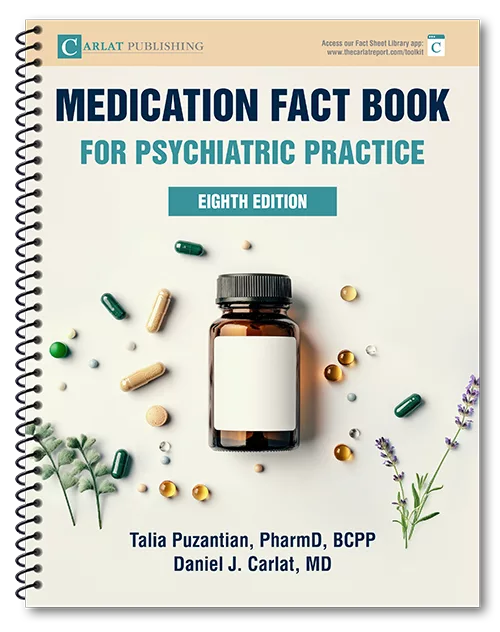Background of the CATIE Trial
John Hsiao, MD
Project Officer, National Institute of Mental Health
Dr. Hsiao has disclosed that he has no significant relationships with or financial interests in any commercial companies pertaining to this educational activity.
Read More
 Philip G. Janicak, M.D.
Professor of Psychiatry, Rush University Medical Center
Dr. Janicak has disclosed that he is a member of the speakers bureau of Abbott, Astra-Zeneca, Bristol-Myers Squibb, Janssen, and Pfizer, that he is a consultant for Astra-Zeneca, Bristol-Myers Squibb, Janssen, and Pfizer, and that he has received grant/research support from Astra-Zeneca, Bristol-Myers Squibb, Janssen, Neuronetics, and Sanofi-Synthelabo. Dr. Janicak has disclosed that propranolol has not been approved by the U.S. Food and Drug Administration for use in the treatment of agitation. Please consult product labeling for the approved usage.
Philip G. Janicak, M.D.
Professor of Psychiatry, Rush University Medical Center
Dr. Janicak has disclosed that he is a member of the speakers bureau of Abbott, Astra-Zeneca, Bristol-Myers Squibb, Janssen, and Pfizer, that he is a consultant for Astra-Zeneca, Bristol-Myers Squibb, Janssen, and Pfizer, and that he has received grant/research support from Astra-Zeneca, Bristol-Myers Squibb, Janssen, Neuronetics, and Sanofi-Synthelabo. Dr. Janicak has disclosed that propranolol has not been approved by the U.S. Food and Drug Administration for use in the treatment of agitation. Please consult product labeling for the approved usage.

_-The-Breakthrough-Antipsychotic-That-Could-Change-Everything.webp?t=1729528747)



